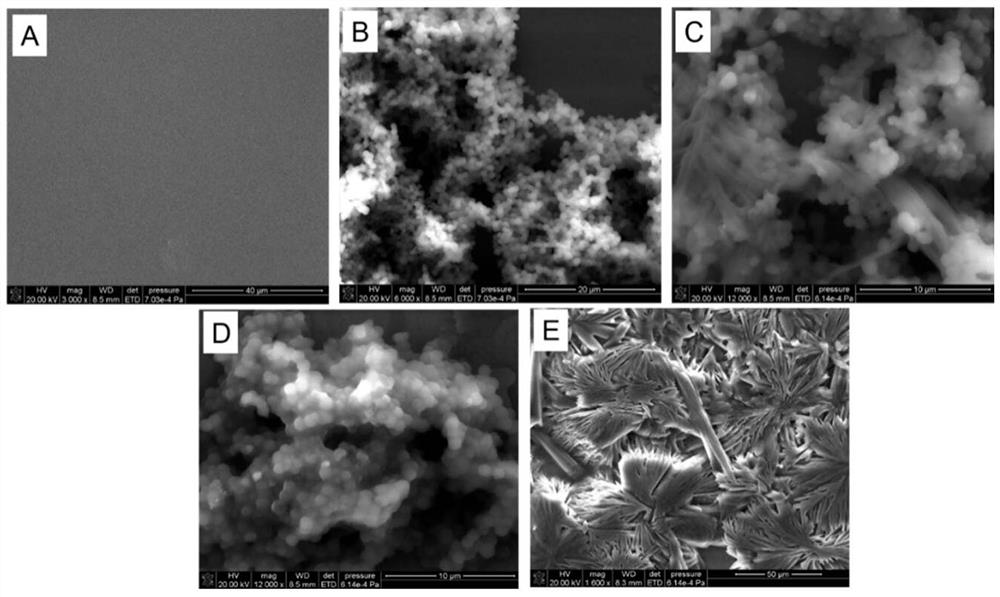Method for detecting GPC3 based on light addressing potential sensor
A technology of sensitive unit and solution, applied in instruments, measuring devices, scientific instruments, etc., can solve the problems of high cost, cumbersome operation and complexity, and achieve the effect of reducing detection limit and improving specificity
- Summary
- Abstract
- Description
- Claims
- Application Information
AI Technical Summary
Problems solved by technology
Method used
Image
Examples
Embodiment Construction
[0037] The present invention will be described in detail below in combination with specific embodiments.
[0038] figure 1 is a schematic diagram of detecting GPC3 based on a photo-addressable potentiometric sensor. AuNPs / PEI-rGO nanocomposites were synthesized by a simple mixing method. The working surface of the LAPS chip was washed with NaOH solution, the LAPS chip was modified with aminosilylating reagent (APTES), and the modified LAPS chip was activated with carbodiimide / N-hydroxysuccinimide (EDC / NHS). AuNPs / PEI-rGO solution and GPC3-Apt solution were added dropwise on the surface to form the LAPS chip sensitive unit; then the standard solution of GPC3 protein was dropped on the LAPS chip sensitive unit to form the LAPS test substrate. Finally, put the LAPS test substrate into the LAPS test system. Under the action of an external bias voltage, the specific binding of GPC3 protein to GPC3-Apt will cause the potential change on the surface of the sensitive unit, and the (I-...
PUM
 Login to View More
Login to View More Abstract
Description
Claims
Application Information
 Login to View More
Login to View More - R&D Engineer
- R&D Manager
- IP Professional
- Industry Leading Data Capabilities
- Powerful AI technology
- Patent DNA Extraction
Browse by: Latest US Patents, China's latest patents, Technical Efficacy Thesaurus, Application Domain, Technology Topic, Popular Technical Reports.
© 2024 PatSnap. All rights reserved.Legal|Privacy policy|Modern Slavery Act Transparency Statement|Sitemap|About US| Contact US: help@patsnap.com










